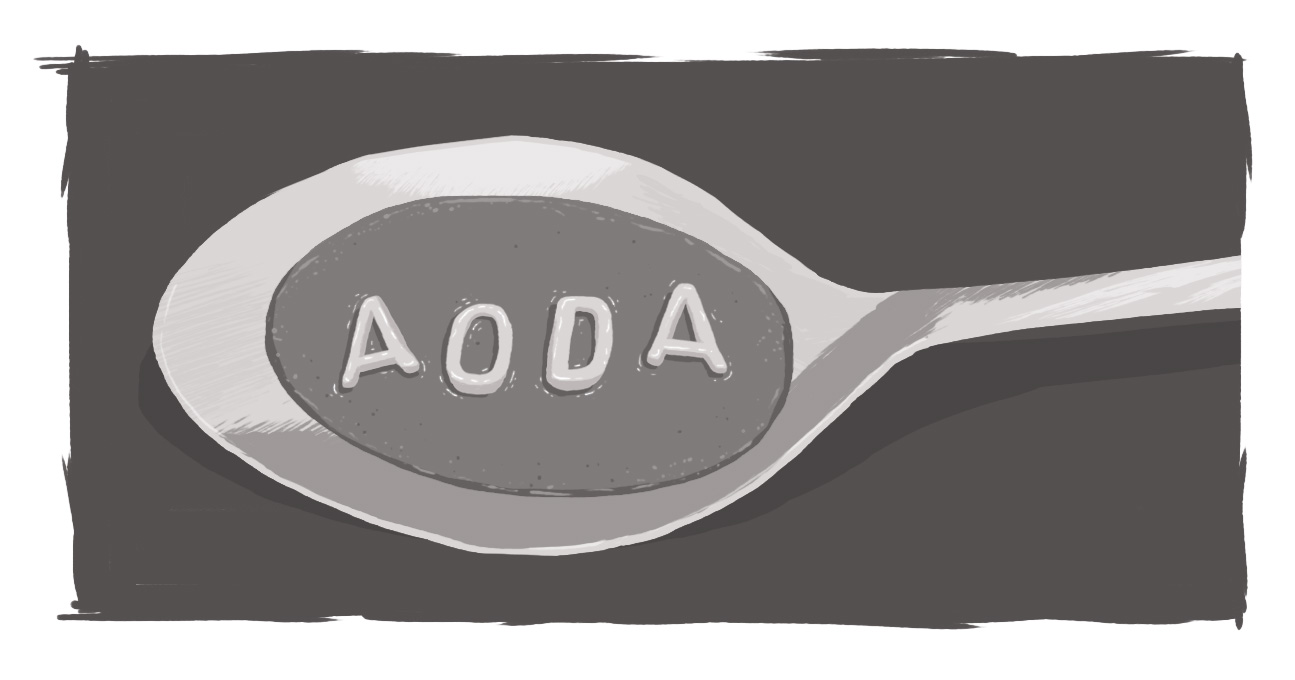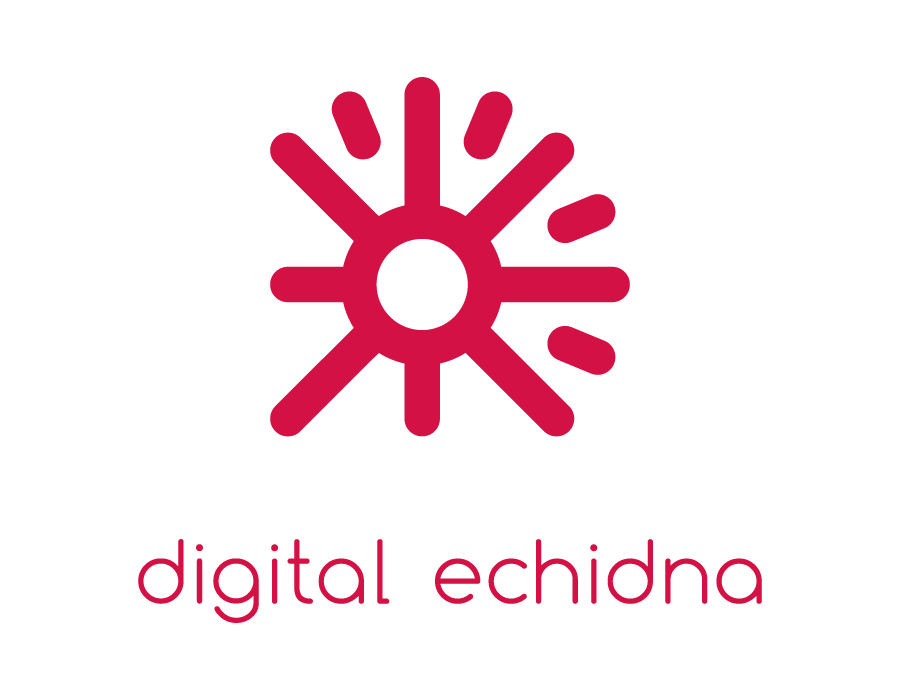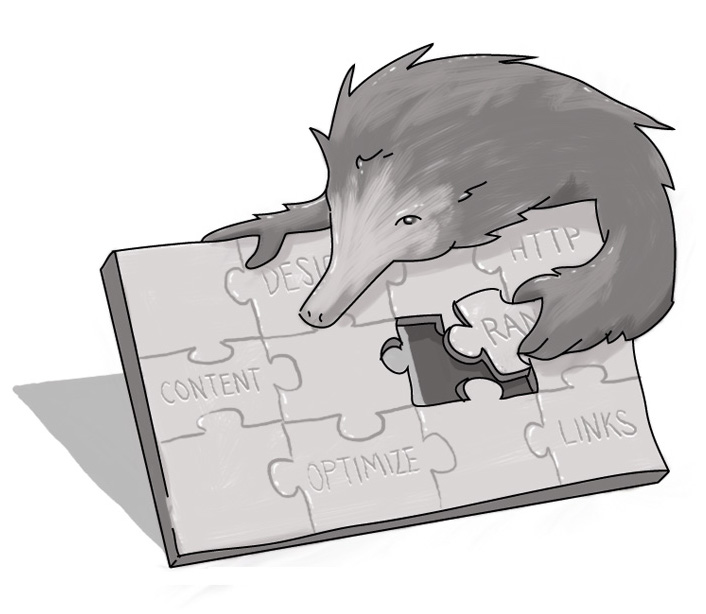Teaching People that it Should be Hard to Make Life Inaccessible

"It should be hard to make something inaccessible."
That's really it, isn't it?
You wouldn't build structures or create content that excludes people of a certain sex, race, or religion. So why are we so comfortable excluding those with disabilities from our structures -- both physical and electronic?
That opening statement came from United States Business Leadership Network tweet during its coverage of today's White House Disability & Inclusive Technology Summit, an event facilitated by The White House and the American Association of People with Disabilities.
How do we make things accessible? How do you get universal design in every product and service? And why don't we have it now?
I honestly believe that no one is out there intentionally building barriers to keep out people in wheelchairs or intentionally creating content and publishing it on-line to exclude people with low vision from reading it.
The intent may not be malicious, but the apathy is.
We live in a world that's built and maintained for people with standard mobility expectations. The majority of people with full vision and who are disability free often take for granted the complex social and physical negotiations we undertake every day. Simply walking across a street or getting into a building can be challenging for those with mobility challenges.
And as we continue along a social path that sees an increasingly connected world, technological advances and strategies towards promoting industries are even more valuable.
During this summit, Larry Goldberg, head of accessible media at Yahoo and founder of Teach Access state during the Embedding Accessibility in STEM Education presentation that, for universal accessibility, the goal must be "to ensure that new and emerging technologies are born accessible. All tech workers must be familiar with the fundamental concepts and skills of accessible development from Day 1."
Goldberg stated despite those lofty goals, Yahoo's new hire tracking (2015-2016) shows that "less than one in nine new hires have even heard of accessible technology."
Speech interface, the cloud, 3D printing, artificial intelligence, wearables, the Internet of Things... all of these emerging and evolving technologies are going to play a role in the future. As he stated, we're doing an OK job keeping up with what's here and now, but how are we going to meet the needs of a tomorrow that's approaching faster than ever.
There are a couple of foundational steps (solutions is too strong a word).
Regulation
In the US, sections 501 and section 508 have attempted to address this need. In Canada, we don't have anything on the federal level, but we do have provinces that have legislation -- in Ontario, we have the oft-discussed AODA.
There are discussions in Canada about a federal accessibility standard and, eventually, there may be a national mandate for inclusion. But right now, we're nowhere near. Even Ontario's vaunted AODA program is in danger of not meeting the lofty goal of full inclusivity by 2025.
Our accessibility efforts need to have some teeth. It must be more affordable to build accessible structures than it is to ignore or overlook legislation. Fines are great, but they can't be seen as permissions to exclude. And while they should be the weapon of last resort -- with collaboration, negotiation, and education all playing a greater role up front -- they should be a viable option for serial offenders.
Education
From a web perspective, as Goldberg stated, accessibility must be embedded into the foundational learning of the next generation of developers. Accessibility can't be just an add-on, but rather needs to be part of the core.
It shouldn't be an elective or an add-on, but rather a key component of the program that all use. And this should incorporate exposure to assistive technologies to help familiarize people with the tools that are being used to access content.
And as a word guy, I'm adamant about the need to eradicate the term "accommodation" from the accessibility conversation.
We are not accommodating anything.
We are not doing anything special.
Period.
We are giving people the tools they need to have equal access to opportunities, information, content, and structures. And with 3.8 million Canadians limited in their daily activities due to disability -- and an aging population that faces increased vision and accessibility challenges -- it's getting harder to look when so many who benefit from assistive technologies are all around us (or may even include us).
Accommodation sounds like we're doing something more or something special. And that's not what this is about. If the expectation is accessibility, then the solutions will define themselves. We won't start at a baseline of exclusion and then need to 'accommodate' others because we chose not to be inclusive.
How do we make things more accessible?
SUBSCRIBE TO OUR E-NEWSLETTER
 Subscribe
Subscribe


